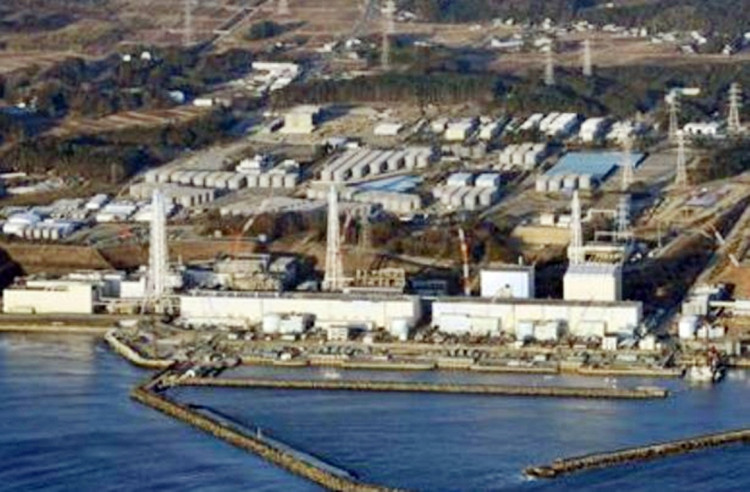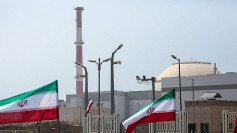Japan, later this month, will announce its decision to release into the Pacific Ocean some one million metric tons of radioactive seawater stored at the stricken Fukushima Daiichi Nuclear Power Plant in Okuma, Fukushima Prefecture. While radioactive, the contaminated water has been treated and poses no health threat to people, claims the government.
There are indications of the government of new Prime Minister Yoshihide Suga will approve the long-delayed proposal to unleash this enormous amount of contaminated water into the ocean. The contaminated water is stored in some 1,000 tanks at the shutdown Daiichi Nuclear Power Plant.
Executives at government-owned Tokyo Electric Power (Tepco), operator of the power plant, have warned the facility will run out of space to store more contaminated water by the summer of 2022.
Shinjiro Koizumi, the new environment minister, has publicly proclaimed there is "no other option" but to discharge the water into the ocean.
Apart from flushing this water to the ocean, the other options open to the Japanese government are vaporizing this water and burying or storing it underground indefinitely.
Suga's officials say they won't make a decision until they receive a report from an expert committee. The International Atomic Energy Agency (IAEA) has also recommended Japan release the treated water into the ocean.
Tepco said a decision to not discharge the contaminated water will delay work to locate and remove melted fuel from the damaged nuclear reactors. This huge task is expected to take four decades.
Toyoshi Fuketa, chairman of Japan's Nuclear Regulation Authority, said a decision on its future must be made soon.
"We are entering a period in which further delays in deciding what measure to implement will no longer be tolerable," said Fuketa.
The water is mostly contaminated by tritium. While tritium isn't dangerous externally, it can be a radiation hazard when inhaled, ingested via food or water, or absorbed through the skin. Tritium is a radioactive isotope of hydrogen that nuclear plants commonly dump along with water into the ocean.
Tepco officials said the company's Advanced Liquid Processing System removes highly radioactive substances such as strontium and cesium from the water. The system, however, can't filter out tritium. In 2019, Tepco admitted the water in the Daiichi tanks still contains contaminants besides tritium.
Government data shows there were 1.17 million cubic meters of contaminated water stored at Daiichi in October 2019. As of this same month, the total amount of tritium in the water was about 856 terabecquerels, and the average tritium concentration was about 0.73 megabecquerels per liter. Both are within legal Japanese limits.
The expert committee calculates discharging all the contaminated water into the sea in one year might expose the local population to a radiation dose of 0.81 microsieverts. In contrast, the average Japanese receives 2,100 microsieverts per year from natural radiation.






